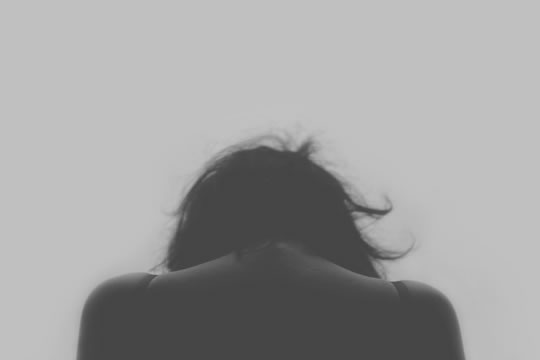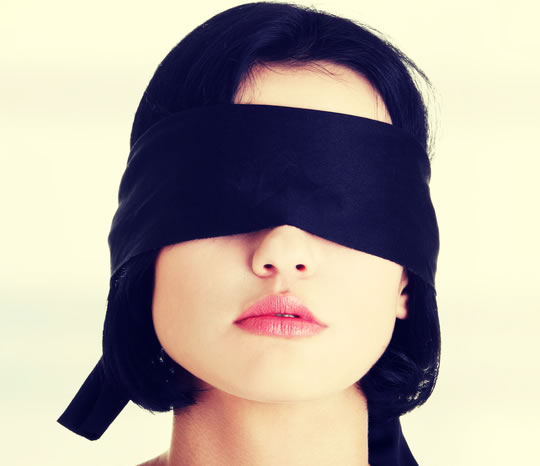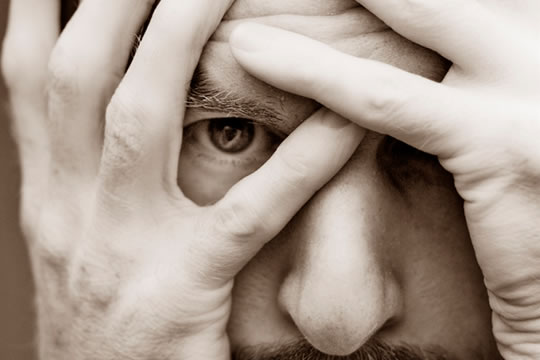Only 3% are receiving psychological therapy, the survey of 17,000 found.
Young women are at the greatest risk of common mental health problems, new research finds.
One in four young women have self-harmed, usually by cutting themselves, according to the UK survey, compared with 10% of young men.
One-fifth of young women had experienced common mental disorders problems.
Women of all ages were much more likely to report severe mental health problems than men.
Around one in eight men reported a common mental health disorder.
A comparison with previous surveys suggests that young women’s mental health is getting worse, while young men’s may be improving.
10% taking medication
Overall, the survey found that one in six adults in England met the criteria for a common mental disorder, like anxiety and depression.
The most common form of treatment people used was medication, taken by 10% of those interviewed.
Just 3% received psychological therapy.
Only one-third of people, though, received any treatment at all for their condition — although treatment levels have increased from one-quarter almost a decade ago.
Stephen Buckley, head of information at the Mind charity, said:
‘Young people are coming of working age in times of economic uncertainty, they’re more likely to experience issues associated with debt, unemployment and poverty, and they are up against increasing social and environmental pressures, all of which affect well-being.’
Mr Buckley blamed the rise on social media:
“Since the last data was released in 2009, we’ve seen a surge in the use of social media.
While social media can promote good mental health and can help people feel less isolated, it also comes with some risks.
Its instantaneous and anonymous nature means it’s easy for people to make hasty and sometimes ill-advised comments that can negatively affect other people’s mental health.
It’s important to avoid sites that are likely to trigger negative feelings and/or behaviour and to take a break from social media if you’re feeling vulnerable.”
The study was carried out by NHS Digital (NHS, 2016).










